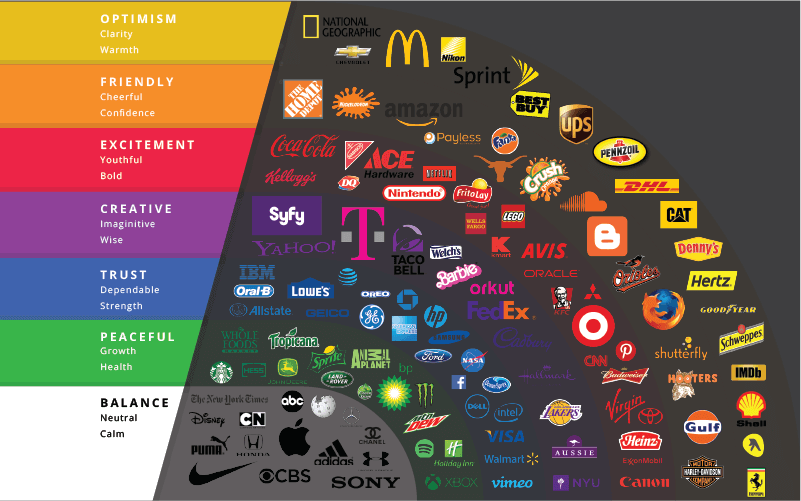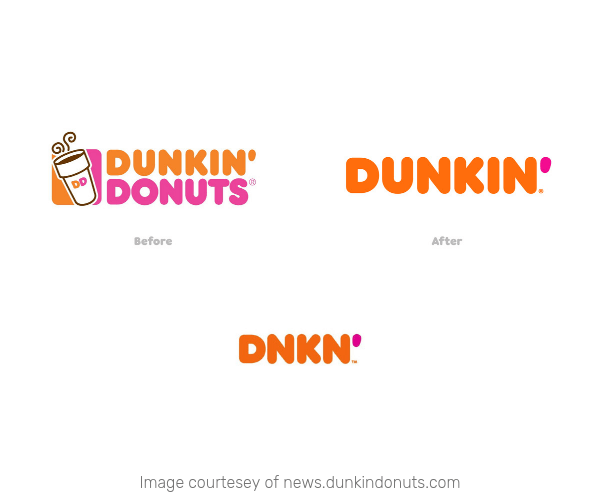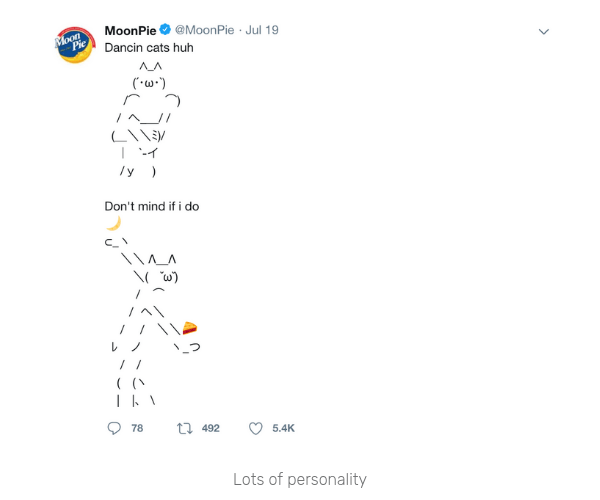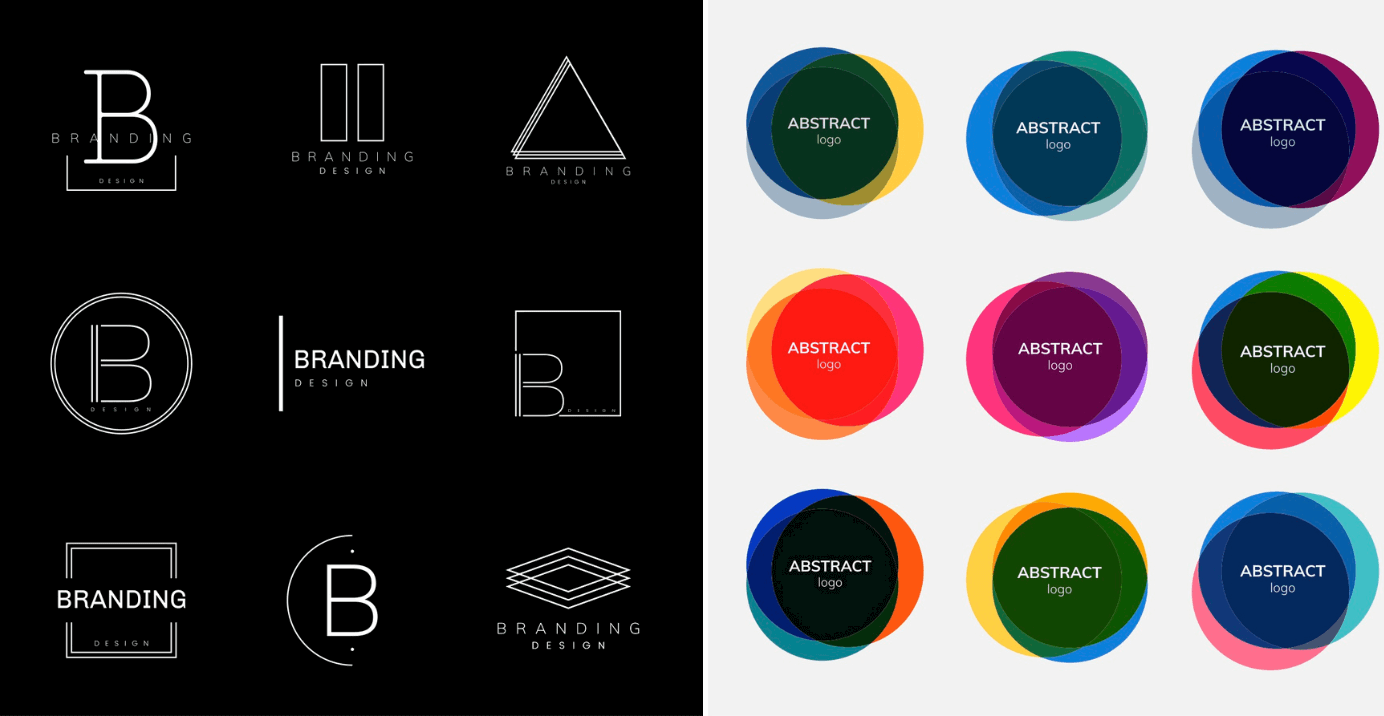How To Shape Your Audience’s Experience of Your Brand
Consistent and carefully considered branding is a critical part of building any business. Your brand is the way that you communicate with your audience, often even before they’ve engaged with your service or product, so it’s important to make that experience a good one. If you have an online presence (and hopefully you do!) then there are even more touchpoints where a current or potential customer may come into contact with your brand.
These are some easy to overlook elements of your brand identity that can deeply influence your audience’s experience.
What is a Brand?
First things first: what is a brand and what makes a good one? At its most basic, “a brand is simply the non-generic name for a product that tells us the source of the product.” While this simple definition is true, a well developed and established brand is so much more than that. A brand truly can be greater than the sum of its parts, and will have a clear identity, carefully identified audience, will keep its promises, and be driven by consistent leadership. Because brands are in many ways ephemeral, it’s important to make sure that each element of your brand that your audience interacts with is conveying a message that reinforces your brand identity.
Colors
Choosing colors for your brand should not be done lightly. Studies have shown that our subconscious reaction to different colors can influence our emotions and our behaviors when it comes to our purchasing choices and experiences with brands.

Different colors evoke different emotions, and depending on the size of your company you may also have to consider what the same color can mean in different cultures. For example, in the United States and Europe, red is usually used to evoke passion, intensity, and confidence, while in other countries, like India and China, it is more associated with luck, happiness, and is traditionally worn by brides. Even if you’re not concerned with international interpretations of your brand, the main colors of your brand communicate a lot to potential customers, maybe even before they know anything about your product or service.
Logo
Developing and choosing a logo for your brand can be challenging. If you try to capitalize on current trends, your logo may feel out of date very quickly. If you go for something extremely classic, you run the risk of your logo feeling old fashioned or not being memorable. Even long-established brands have recognized the value of a logo update. Dunkin’ Donuts did a huge rebranding effort at the beginning of 2019, removing the word “Donut” from their stores, social media, website, and across all of their branding. They shortened their logo in some applications even further, down to just DNKN’.

Even with all of these changes, they were able to maintain their brand consistency by keeping their font and main colors the same. Consider your logo a living element of your brand, one that helps create brand consistency, but that can also adapt and change to keep your brand feeling relevant and fresh.
Voice/Tone
The voice and tone of your brand is a key element of brand communication that can sometimes be undervalued. The key to developing strong voice and tone for your brand is really considering how you communicate with your audience: who are they, how do they like to be spoken to, and how can the way you communicate with them help build a stronger relationship. This is an area where you can get deeply creative – depending on your industry and brand, your voice and tone can range from informational and professional like Forbes

To positive and casual like Coca Cola

To absolutely bonkers bananas like Moon Pie.

Extending and adapting your voice and tone to different types of communication and platforms – social posts, website copy, blog content, even email subject lines – creates consistency for your audience and can help your brand stand out from your competition. Take it from content strategist Erin Schroeder:
“There’s a reason certain brands are killing it in today’s ever-evolving market and economy: It’s their consistency.” – Erin Schroeder, Geonetric
With the digital presence of brands so fully integrated into our culture, it’s important to be intentional in the way you present your brand across platforms and styles of communication. Spending the time to fully develop your brand – determining brand attributes, establishing brand pillars, developing buyer personas, creating a messaging strategy – is key. With a well established and fully understood brand strategy as a foundation, it’s easy to create consistently great brand assets and experiences.
First published 9.13.2019 – updated on 6.3.2020
